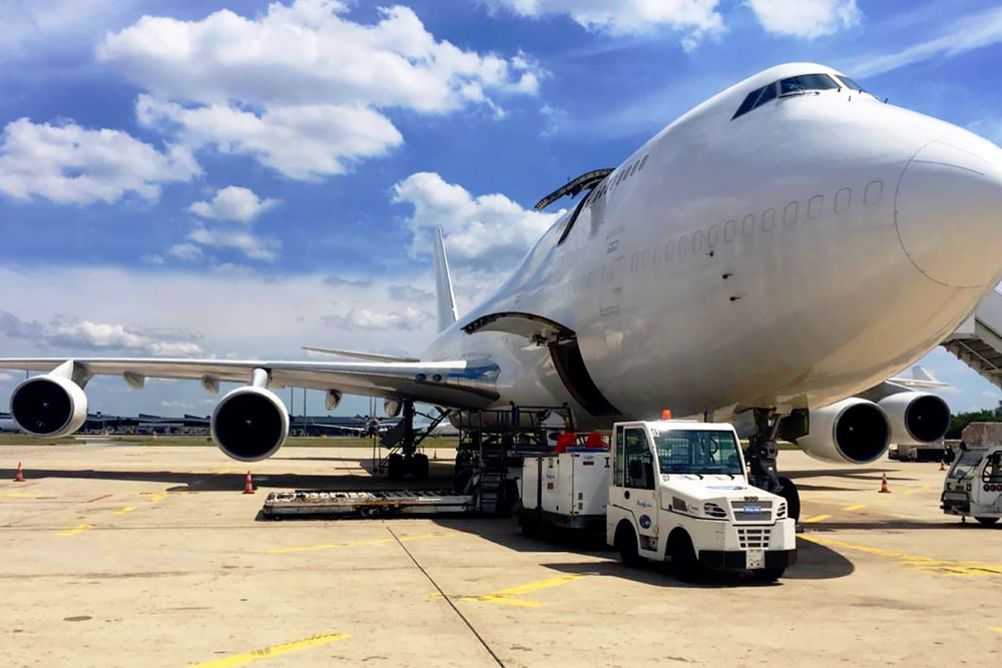
CharterSync entered the market in 2019 with the aim of making cargo charters more efficient by centralising bookings into one system, getting rid of the need for inefficient emails and phone calls.
This year (2022), CharterSync launched the new version of its platform, offering full global coverage for forwarders, moving on from being intra-European only. Going global, CharterSync is seeing opportunities on key trade lanes with flights between China and Europe, and China and the US.
Co-founder Ed Gillett said, “2022 is another year where we have doubled our revenue as a company, ending the year in a profitable position and over the last year, we have doubled our headcount, making sure we have got some strategic hires into the company such as Daniel Carriett, who has joined from Chapman Freeborn, and has 25 years of experience.”
Europe was the initial focus area because the best use case for the technology was on the speed element, said Gillett. For intra-Europe services, this was tailored to the just-in-time market, offering solutions in minutes.
“We felt that if we could service that market well and have a good use case for the technology, we could use that as a springboard to launch the business globally,” he said.
The customers are global companies, taking orders from all over the world, so they are happy that they can service the requests through the CharterSync platform.
Enhancing the platform is an ongoing project; the latest upgrade is to integrate RocketRoute into the platform to provide ultra-accurate transit times.
The technology provides accurate flight times, taking live weather into account, integrating with the likes of Eurocontrol and the FAA Flight Planning System.
Integrating with RocketRoute has halved the quoting time and improved accuracy. Gillett said, “Previously, in my role as a traditional broker, we used to do everything manually, saying yes, we can tentatively do this flight in 1 hour 20 minutes. Now, with our system, we can go precise to the minute in terms of how long that flight should be.”
Presenting a completely new technology to the market has been a challenge, convincing people to change their behaviour and that this new product works.
If companies want to embrace change, they need to embrace it from the top down, believes Gillett.
He said, “It’s all well and good one or two people in a company wanting change but unless that pressure is coming from the top, it’s harder to break people’s perceptions.”
Managing growth
In the last 12 months, CharterSync has doubled its headcount. Combining the technology with experience is important, and Gillett admits that finding experienced staff has been a natural bottleneck to growth.
Gillett said, “We would rather wait to have the right experience in place. We are hiring in all areas of the business at the moment whether that is development and technology, as well as adding to our charter team as well.”
The plan for 2023 is continuing to raise awareness of its product and further integrations with new technologies.
Going global means having to look at how to better connect with airlines. Gillett said key areas have been identified to improve the quoting speed and efficiency, and the full end-to-end management of flights, taking it away from emails and phone calls.
The headcount will go up and CharterSync plans to open its first office in the US in the first half of next year.
Gillett said, “It is going to be an exciting year for us, we have got a lot of opportunities ahead. How the general market dynamic shapes out is still a question mark but for us, as we are still in this high growth stage, it is still exciting.”
This article was published in the December 2022 issue of Air Logistics International, click here to read the digital edition and click here to subscribe.
